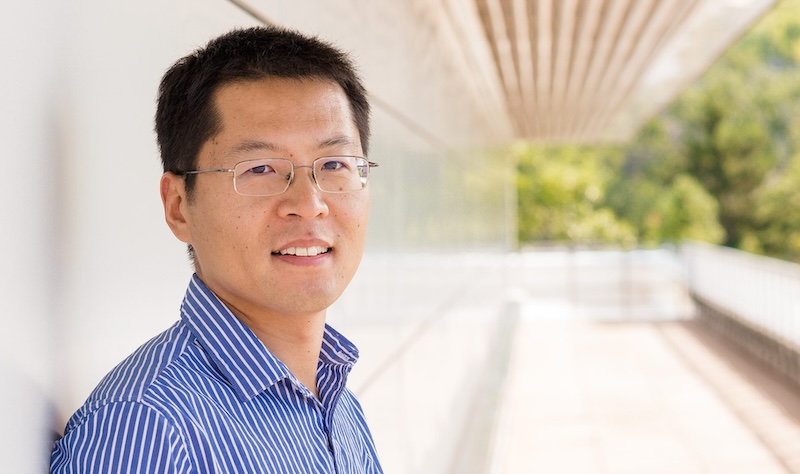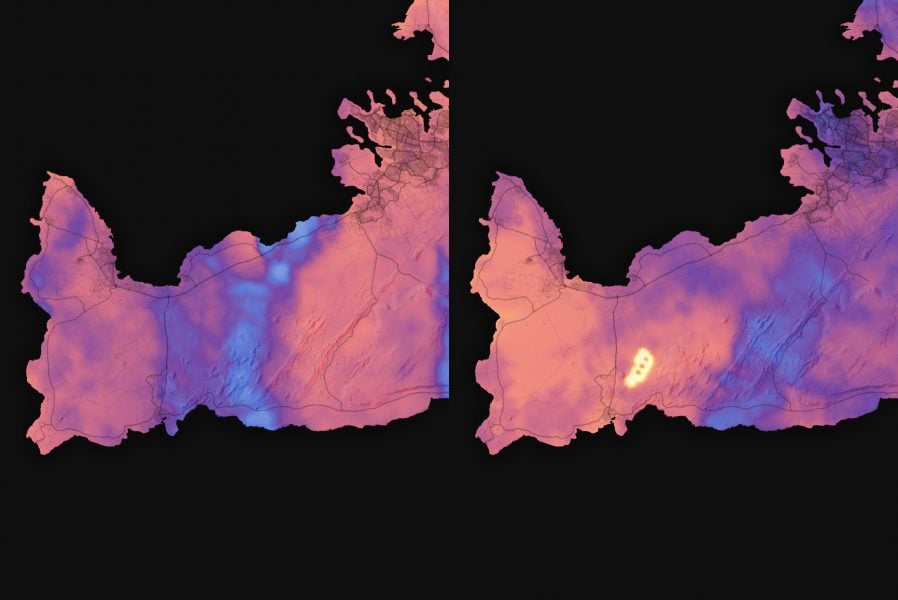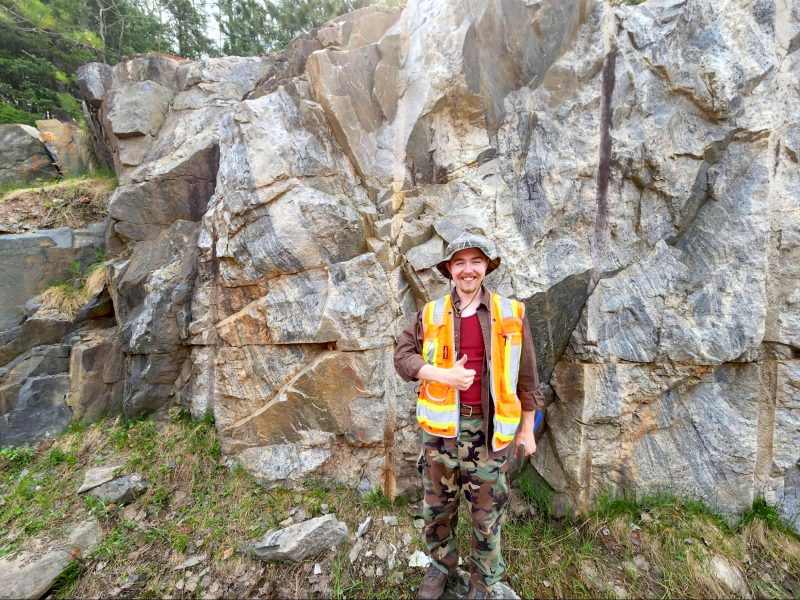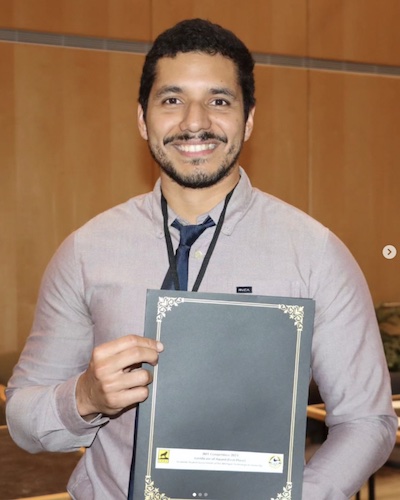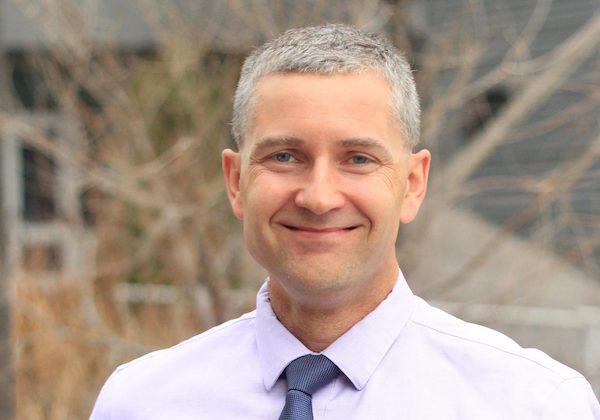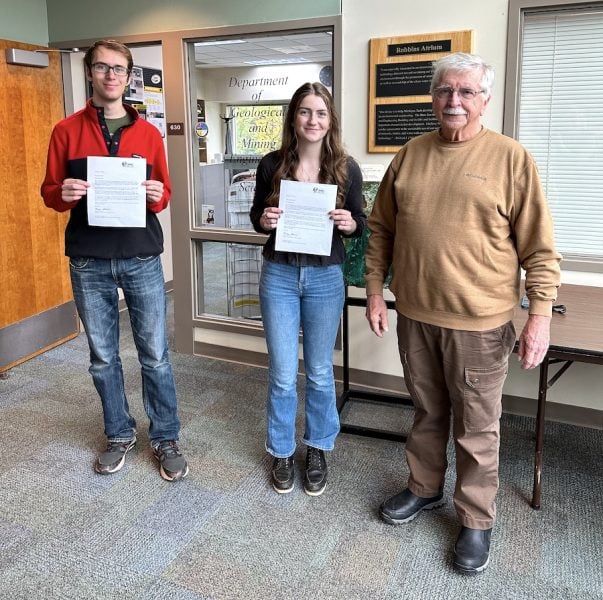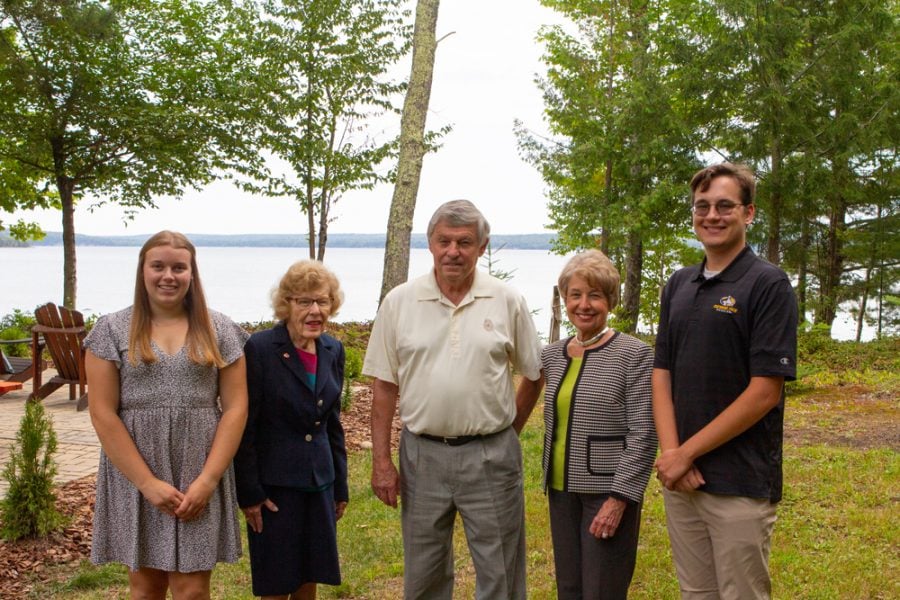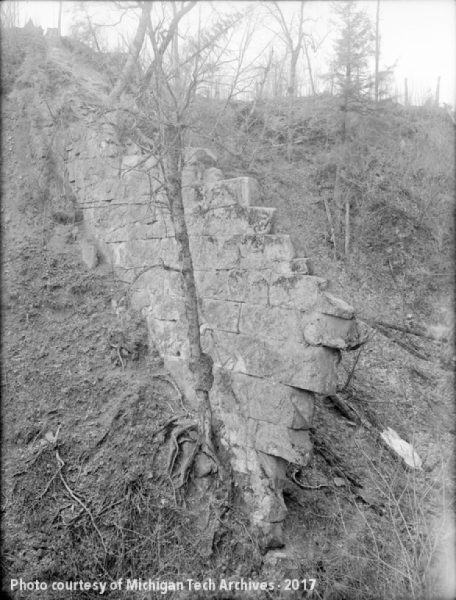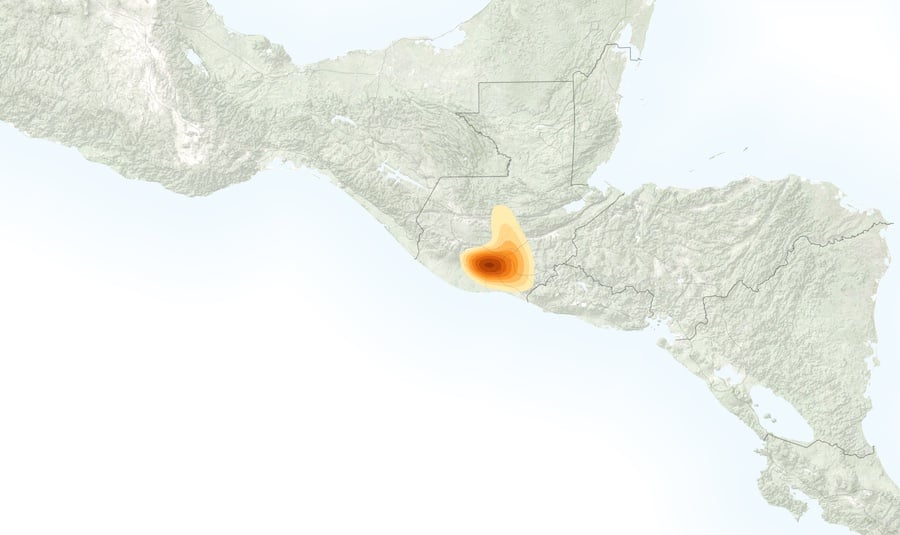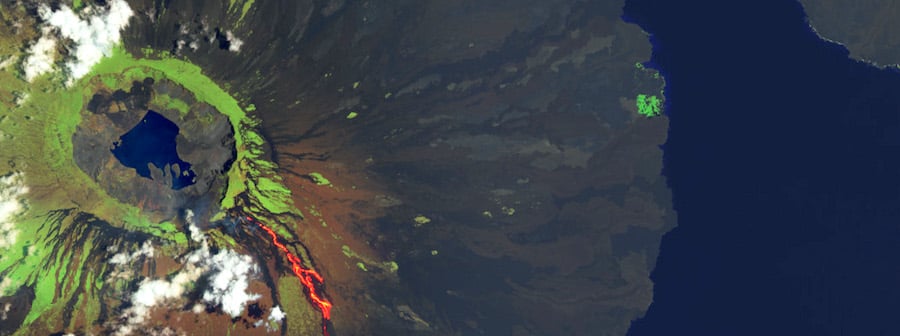
Simon Carn (GMES) was quoted by NASA Earth Observatory in a story about an eruption of the La Cumbre volcano in the Galápagos islands. The eruption began March 2 on Fernandina Island, and the story included a March 7 aerial image showing continued active lava flow.
“This is typical of lava-producing effusive eruptions, which usually show peak emissions early on followed by a steady decline towards the end of the eruption.”
Carn’s research includes using satellite measurements to constrain global volcanic SO2 production and emissions from individual volcanoes.
